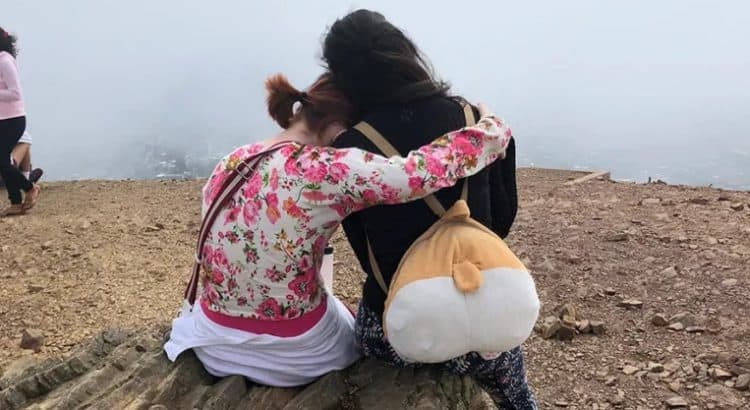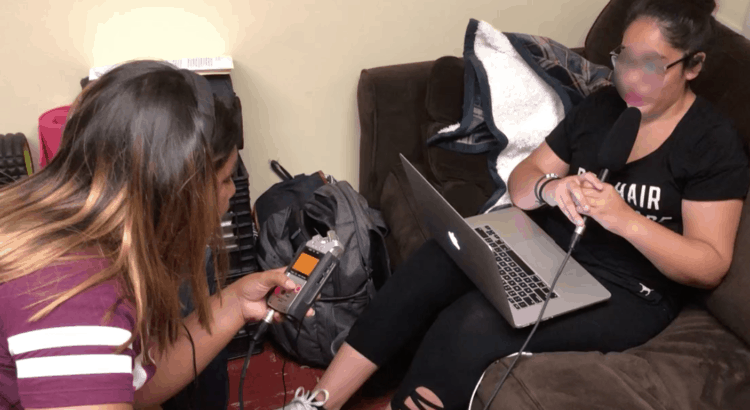You wouldn’t think it would be that interesting to listen to people making a video over Zoom.
Regular readers/listeners and people who have spent time with me will probably chuckle knowingly when I say that I don’t like making unqualified statements, especially about my own work. But I remember very clearly during my defense saying to the committee something like “Say what you will about Chapter 4—it isn’t boring.”
What’s more, I knew it wouldn’t be boring, even before we had finished holding the sessions during which Team Z created their digital story. Because it’s effectively a highlight reel of the “story circle,” the most fascinating aspect of the whole process. “Addictive” is how one of my training facilitators describes it. I think she’s right.
Hearing people try out bits of story, reminisce about the underlying experiences, respond to each other, make suggestions, etc. is where the ancient, relational human activity of storytelling meets modern media tools, particular genre affordances, and culturally specific narrative sensibilities.
Listening in on these conversations, even now, is nourishing to my soul. That’s especially true in this time when I, for one, am feeling starved for those experiences we might metaphorically call “sitting around the fire together,” whether it’s in the woods, or at the pub, or in a coffee shop, or on an meandering stroll to nowhere in particular (think “spazieren” if you know any German).
This is the episode where all the work of the series pays off. What we’ve learned about Tapestry, what I’ve learned about myself, the spiritual thread, the research thread, the media thread—it’s all there, and closing the loops is, I think, as satisfying as you might hope. (Whoops, I qualified that one!)
I hate to spoil any of it, but I dare you not to have a moment of empathy and connection and understanding of the Tapestry ethos when Zoe shows the group her keepsakes from former mentor Peg, even though we don’t get to see those keepsakes. You can hear in her voice what this group and what that particular relationship means to her. I don’t know any better way to “show” you what Tapestry is like, or to model the value and the technique of facilitating self-reflective media production, than to play back these recordings.
I hope you’ll come away feeling nourished too. And I hope in the process I’ll convince you that digital storytelling and related media authoring practices are worth your time and effort, in whatever spaces you seek to make meaning in your life or the lives of the people whose learning and formation you accompany.

